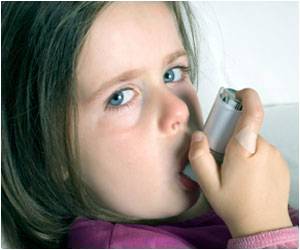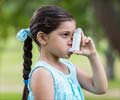Health data from the 1940s and 50s showed that London's Great Smog event of 1952 likely still affects some people's health more than 60 years later.

‘Beijing has experienced the highest levels of air pollution ever recorded. Very young children living in heavily polluted environments, such as Beijing, are likely to experience significant changes in health over their lifecourse.’





In "Early Life Exposure to the Great Smog of 1952 and the Development of Asthma," Matthew Neidell, PhD, associate professor of Health Policy and Management at the Mailman School of Public Health, and colleagues noted that the Great Smog presents a "natural experiment" because the smog was intense, "exceeding current regulations and guidelines by a factor of 5 to 23"; localized to a major city; and unanticipated. "Because the smog was unexpected, residents likely didn't leave the city," said Prashant Bharadwaj, PhD, associate professor of economics at the University of California, San Diego and co-investigator. The researchers analyzed 2,916 responses to a life history survey that is part of the English Longitudinal Study on Aging. Among other health questions, the survey asked participants if they had asthma as a child (up to age 15) or asthma as an adult. Responses of those who were exposed to the Great Smog in utero or in early childhood were compared with those born between 1945 and 1955 who lived outside of London during the Great Smog or lived in London but were not exposed to the smog in utero or in their first years of life.
The results showed that exposure to the Great Smog in the first year of life was associated with a statistically significant 20 percent increased incident of childhood asthma. The researchers said they found a non-significant, but similar trend between exposure to the smog in the first year of life and adult asthma (a 9.5 percent increase) and in utero exposure and childhood asthma (8 percent increase). The authors note that a number of studies examine the relationship between early childhood exposure to air pollutants and the development of asthma but can only determine an association, not a cause-and- effect relationship, because there may be confounding factors that are overlooked or not fully accounted for in the analysis.
Given that there is no evidence of another event simultaneous with the Great Smog that might affect asthma incidence, they add, their study overcomes the issue of confounding and "suggests a strong possibility of a causal link between early childhood exposure to air pollution and the later development of asthma."
The study has implications for other countries and cities today with high levels of air pollution. In recent years, the authors write, Beijing has experienced the highest levels of air pollution ever recorded. "Our results suggest that the harm from this dreadful event over 60 years ago lives on today," noted Dr. Neidell. "It also suggest that very young children living in heavily polluted environments, such as Beijing, are likely to experience significant changes in health over their lifecourse."
Advertisement














